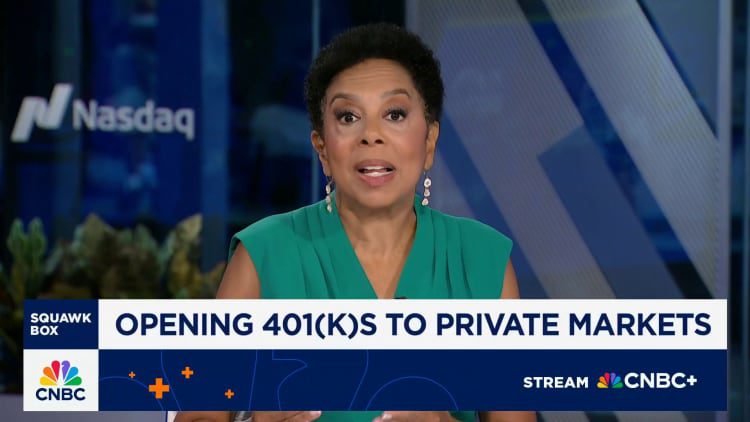Upcoming Changes in Health Insurance Costs for Americans
Starting in 2026, many Americans may experience a significant rise in their health insurance premiums from the marketplace if Congress does not extend the pandemic-related enhancements that made Affordable Care Act (ACA) plans more affordable. This potential change could impact millions, particularly students, freelancers, and younger retirees who currently benefit from these subsidized marketplace insurance options.
The Implications of the Subsidy Expiration
The enhanced premium tax credits were implemented during the pandemic to alleviate financial burdens on those purchasing marketplace insurance. However, these benefits are scheduled to end at the close of the year. If they do expire, enrollees could encounter what experts term a “subsidy cliff.” This scenario occurs when financial aid vanishes altogether once an individual’s income surpasses specific limits.
For instance, if someone surpasses the income threshold by a mere dollar, they could see their monthly premiums increase by several hundred dollars. According to financial professionals, navigating these income thresholds can be complex, making it essential for enrollees to stay informed.
Premium Tax Credit Overview
The premium tax credit is designed to assist individuals in lowering their monthly ACA premiums, either by applying the credit upfront or claiming it during tax season. Previously, this tax break was available for those earning between 100% and 400% of the federal poverty level (FPL). However, the eligibility criteria were broadened by the American Rescue Plan, allowing individuals with incomes exceeding 400% of the FPL to qualify for assistance.
As an example, the income threshold for a family of three in 2025 is projected to be around $103,280. These thresholds and their respective impacts make understanding the premium tax credit crucial for future planning.
The Potential Impact on Enrollees
In 2025, an estimated 22 million individuals, or approximately 92% of enrollees, will receive premium tax credits according to healthcare policy organizations. If the enhancements are not extended, these individuals are likely to face considerable challenges in 2026, especially regarding affordability and access to necessary health care services. Financial advisors emphasize the need for proactive measures to understand and plan for these shifts.
Strategies to Mitigate the "Subsidy Cliff"
To address potential changes in health insurance costs, it’s vital for eligible individuals to conduct tax projections for the years 2025 and 2026. For those receiving tax credits in 2025 but with incomes over 400% of the FPL, exploring methods to lower their 2026 income could be beneficial. Strategies may include deferring income from 2026 into 2025, engaging in tax-loss harvesting, or taking deductions from health savings account contributions.
Monitoring income levels on a regular basis—ideally every month or at least every quarter—will be crucial to avoid inadvertently surpassing the income threshold. Implementing these strategies can help mitigate the financial strain that may arise if the more extensive premium tax credits are allowed to expire.
By staying informed and proactive, individuals can better navigate the upcoming changes in health insurance costs and ensure that they continue to have access to affordable healthcare coverage. Understanding how to leverage premium tax credits and monitor income accordingly will be essential in the coming years.
